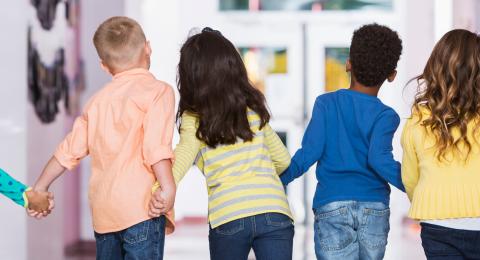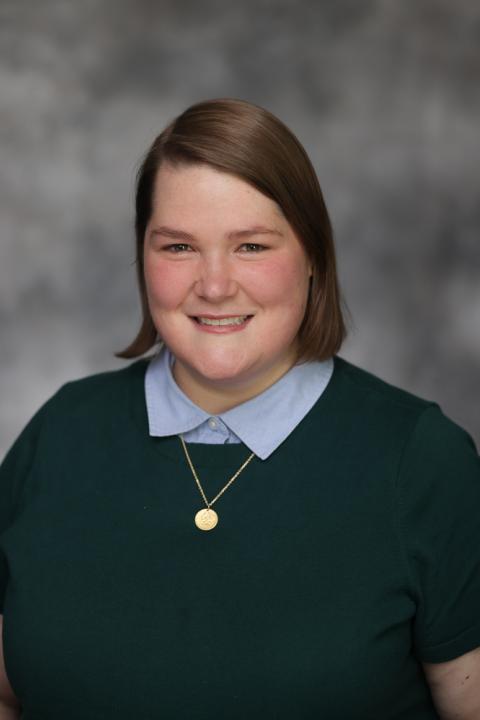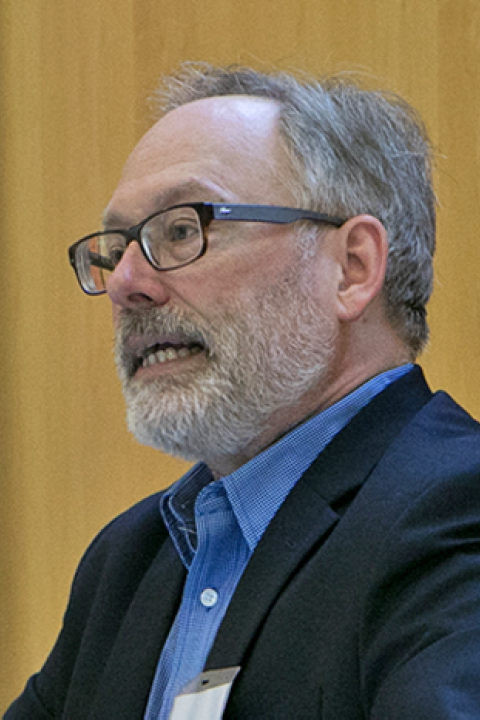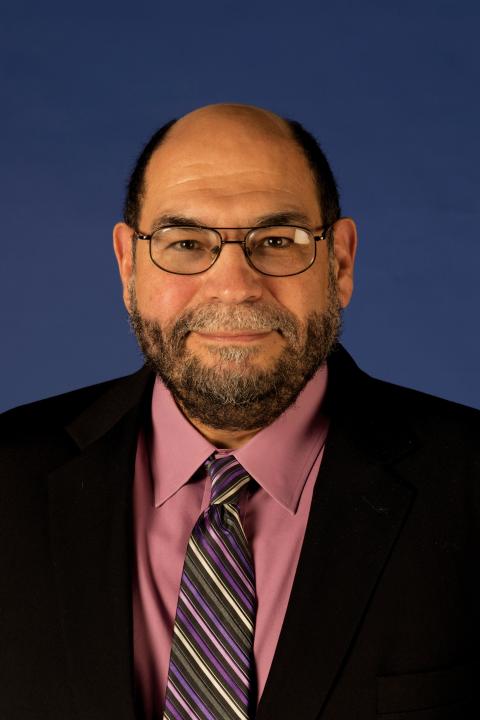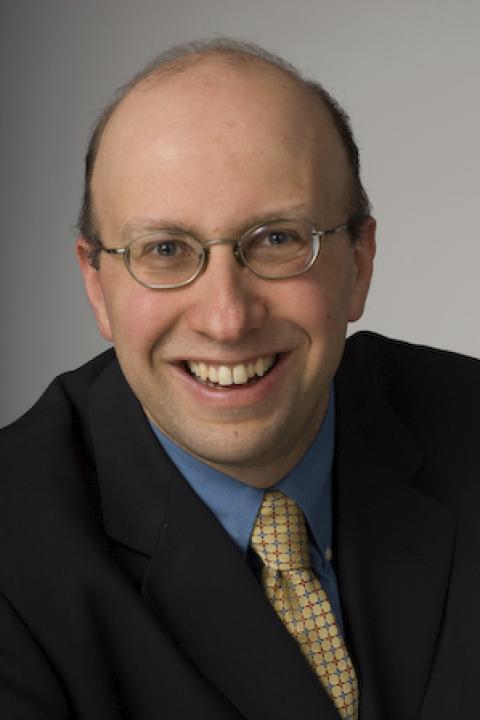Population change exerts a significant impact on communities, families, and institutions. Demography is not destiny, but researchers and policymakers ignore it at their peril. At the Carsey School of Public Policy, we seek to delineate the population change underway in communities and to analyze the demographic forces that cause it, using the latest data. We also consider the consequences that demographic change has for the environment, communities, and families in both rural and urban areas. Our analysis of demographic change and the implications it has for a sustainable future for New Hampshire, New England, and the United States contributes to the informed policymaking needed to address the complex problems that population growth and decline produce.
-
Professor of SociologySenior DemographerAndrew Carnegie FellowResearcher
-
RESEARCH SCIENTIST II, Center for Social Policy in Practice, UNH Carsey SchoolEmail: tyrus.parker@unh.edu
-
Senior Analyst, UNH Institutional Research
2018 Nordblom Fellow
Carsey FellowEmail: kristine.bundschuh@unh.edu -
Professor and Chair, Natural Resources, UNH College of Life Sciences and Agriculture
Carsey Senior FellowEmail: mjducey@unh.eduPhone: 603-862-4429 -
Professor, Sociology, Cornell University College of Human Ecology
Carsey Senior Fellow -
Professor, Sociology and Demography, University of Texas at San Antonio
Carsey Senior FellowEmail: Rogelio.Saenz@utsa.edu -
Professor, Political Science, UNH College of Liberal Arts
Carsey Senior FellowEmail: Dante.Scala@unh.eduPhone: (603) 862-1519
New Hampshire’s population reached 1,409,032 on July 1, 2024, an increase of 6,800 since July 2023, according to new Census Bureau estimates. The state’s population gain was larger than the prior year’s, but smaller than in the two preceding years. Learn more.
Demographic trends in rural America have been impacted by recent economic, social, and pandemic turbulence. The nonmetropolitan (rural) population grew between April of 2020 and July of 2023 because a large net migration gain offset the growing excess of deaths over births fostered by Covid-19. Learn more.
In 2022, there were 21.9 million women aged 20–39 who had not given birth in the United States. This is 4.7 million more childless women of prime child-bearing age than would have been expected given fertility patterns prior to the Great Recession, up from 2.1 million in 2016. Learn more
Did you know?
In March 2025, Kenneth Johnson reported that, according to new Census Bureau estimates, natural decrease has been occurring in some areas in the United States for decades, but more than 500 counties experienced it for the first time since the pandemic began. Nearly 62 percent of all counties had more deaths than births in each of the past four years (Figure 1). More than 70 percent of the counties in the Northeast, Midwest, and South had overall natural decrease between 2020 and 2024 (Figure 2). For details, read the full brief: Covid Mortality Diminished but Low Fertility Means Deaths Still Exceeded Births in More Than Two-Thirds of U.S. Counties.
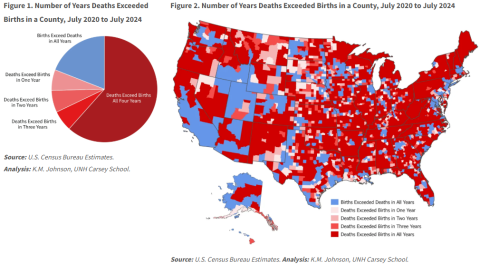
In March 2025, Kenneth Johnson reported that New Hampshire’s population reached 1,409,032 on July 1, 2024, an increase of 6,800 since July 2023, according to new Census Bureau estimates. The state’s population gain was larger than the prior year’s, but smaller than in the two preceding years. Nine of New Hampshire’s counties gained population between 2020 and 2024 compared to just 58 percent of all counties nationwide. However, the magnitude of the population changes in New Hampshire since the 2020 Census varied from county to county (Figure 1). Such widespread population gains are surprising given that deaths exceeded births in nine of New Hampshire’s ten counties. Only Hillsborough County had more births than deaths (800) between 2020 and 2024, though the gain was just 0.2 percent (Figure 2). For details, read the full brief: Modest Population Gains Widespread in New Hampshire Counties.

Highlights

Keeping the Pulse on U.S. Population Trends
Kenneth M. Johnson is senior demographer at the Carsey School of Public Policy and professor of sociology at the University of New Hampshire. He is a nationally recognized expert on U.S. demographic trends. His research examines national and regional population redistribution, rural and urban demographic change, the growing racial diversity of the U.S. population, the relationship between demographic and environmental change and the implications of demographic change for public policy. LEARN MORE
Related Links
In March 2025, Kenneth Johnson reported that New Hampshire’s population reached 1,409,032 on July 1, 2024, an increase of 6,800 since July 2023, according to new Census Bureau estimates. The state’s population gain was larger than the prior year’s, but smaller than in the two preceding years. Nine of New Hampshire’s counties gained population between 2020 and 2024 compared to just 58 percent of all counties nationwide. However, the magnitude of the population changes in New Hampshire since the 2020 Census varied from county to county (Figure 1). Such widespread population gains are surprising given that deaths exceeded births in nine of New Hampshire’s ten counties. Only Hillsborough County had more births than deaths (800) between 2020 and 2024, though the gain was just 0.2 percent (Figure 2). For details, read the full brief: Modest Population Gains Widespread in New Hampshire Counties.

